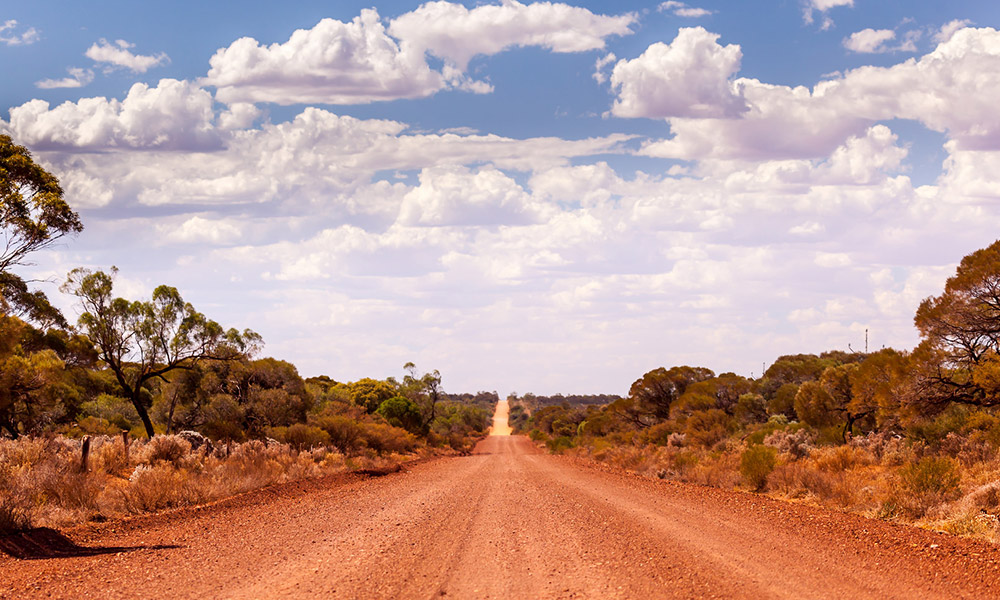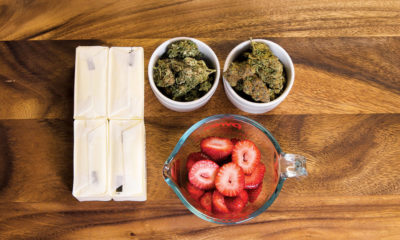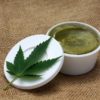
Medical
Australian Medical Marijuana Patients Can’t Get Any Cannabis
Restrictive medical cannabis laws and few doctors willing to prescribe cannabis in Australia mean many sick people are stuck with the black market.
In Australia, a continent-country of 24 million people, there are 38,000 physicians licensed to work as general practitioners.
In Australia, a country where medical marijuana has been legal since 2016 for anyone with a doctor’s note to use it, there is exactly one general practitioner — out of 38,000 — who is an “authorized prescriber for medical cannabis,” according to the president of the country’s most prominent organization representing doctors.
According to Australian authorities, only 1,059 people across the country have been approved for legal medical cannabis access since that time.
This means that even as Australian marijuana firms ramp up exports of the drug, in a bid to become “the world’s number one exporter of medicinal cannabis,” as the country’s health minister said in January, many domestic patients who would benefit from that cannabis can’t get any.
This is leaving sick people like the Taylor sisters, who both suffer from Crohn’s disease, pondering emigration as the only logical alternative to risking arrest and prosecution while using their preferred medicine illegally.
“We’ve been thinking about me going to America for a while,” 21-year-old Morgan Taylor told national broadcaster ABC in a recent interview.
It’s a sadly familiar story, as other medical marijuana patients in other countries with either no medical marijuana access or access so restrictive that it is essentially an abstraction have been forced to take similar measures.
Most recently, the mother of Billy Caldwell, a 12-year-old boy with severe epilepsy from Northern Ireland, had to travel to Canada in order to access cannabis oil.
Back in Australia, Morgan Taylor is now a legally registered patient—but because of chronic pain, not for her Crohn’s. Her 25-year-old sister, Ariel, who also suffers from Crohn’s, is still not a legal patient.
They rely on cannabis oil prepared by their father—who was recently arrested and given six months of probation for growing the plants required to make it.
Meanwhile, his daughters have been “in and out of the hospital several times this year.”
In order for someone to legally access cannabis in Australia, they must navigate a “lengthy application process” through the country’s Therapeutic Goods Administration. To do that, they must find also find a doctor willing to assist them.
And, as Bastian Seidel, president of the Royal College of General Practitioners, told ABC, only one of his 38,000 members is authorized to do that. Meaning, effectively, medical cannabis is “pretty much inaccessible” for patients who would benefit from it.
“The hurdles are still in place,” he told the broadcaster. “Certainly this is not what patients expect. That’s not what should be in place when it comes to medicinal cannabis.”
According to Iain McGregor, a Sydney University-based researcher, as many as 100,000 Australians may be illegally using cannabis to alleviate medical problems.
The situation in Australia is similar to that seen in some U.S. states where medical cannabis is technically legal, but so severely restricted in various ways that most patients’ best option is to patronize the black market.
In possibly the most egregious example, there are 59,000 registered medical marijuana patients in New York State — out of “hundreds of thousands with eligible illnesses.” And even someone “lucky” enough to become registered may live several hours’ drive away from one of the state’s 20 dispensaries.
TELL US, do you have access to medical cannabis?
























